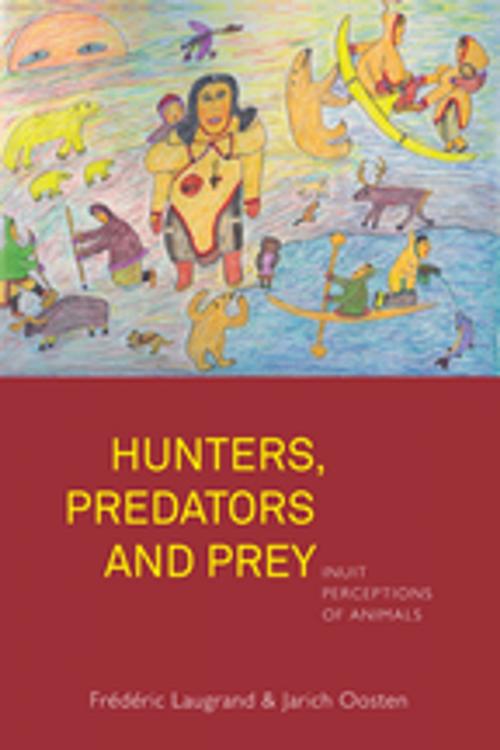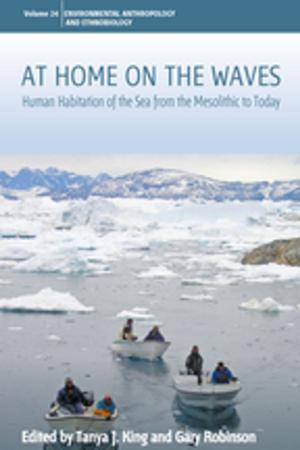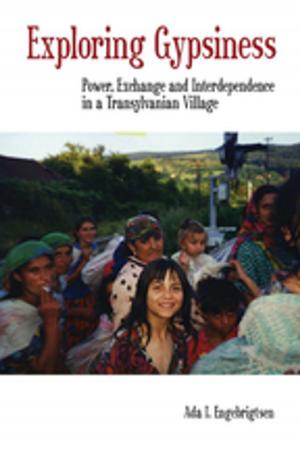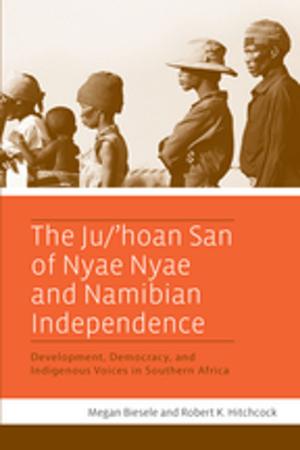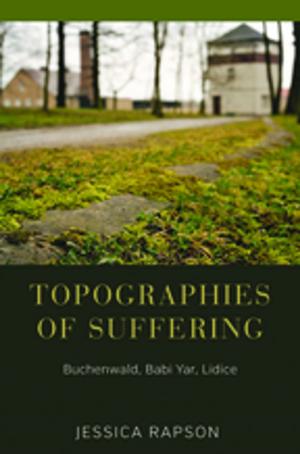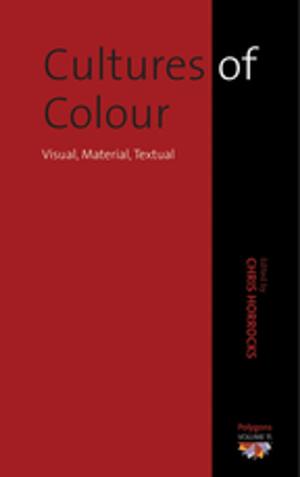Hunters, Predators and Prey
Inuit Perceptions of Animals
Nonfiction, Social & Cultural Studies, Social Science, Cultural Studies, Native American Studies, Folklore & Mythology, Anthropology| Author: | Frédéric Laugrand, Jarich Oosten† | ISBN: | 9781782384069 |
| Publisher: | Berghahn Books | Publication: | October 1, 2014 |
| Imprint: | Berghahn Books | Language: | English |
| Author: | Frédéric Laugrand, Jarich Oosten† |
| ISBN: | 9781782384069 |
| Publisher: | Berghahn Books |
| Publication: | October 1, 2014 |
| Imprint: | Berghahn Books |
| Language: | English |
Inuit hunting traditions are rich in perceptions, practices and stories relating to animals and human beings. The authors examine key figures such as the raven, an animal that has a central place in Inuit culture as a creator and a trickster, and qupirruit, a category consisting of insects and other small life forms. After these non-social and inedible animals, they discuss the dog, the companion of the hunter, and the fellow hunter, the bear, considered to resemble a human being. A discussion of the renewal of whale hunting accompanies the chapters about animals considered ‘prey par excellence’: the caribou, the seals and the whale, symbol of the whole. By giving precedence to Inuit categories such as ‘inua’ (owner) and ‘tarniq’ (shade) over European concepts such as ‘spirit ‘and ‘soul’, the book compares and contrasts human beings and animals to provide a better understanding of human-animal relationships in a hunting society.
Inuit hunting traditions are rich in perceptions, practices and stories relating to animals and human beings. The authors examine key figures such as the raven, an animal that has a central place in Inuit culture as a creator and a trickster, and qupirruit, a category consisting of insects and other small life forms. After these non-social and inedible animals, they discuss the dog, the companion of the hunter, and the fellow hunter, the bear, considered to resemble a human being. A discussion of the renewal of whale hunting accompanies the chapters about animals considered ‘prey par excellence’: the caribou, the seals and the whale, symbol of the whole. By giving precedence to Inuit categories such as ‘inua’ (owner) and ‘tarniq’ (shade) over European concepts such as ‘spirit ‘and ‘soul’, the book compares and contrasts human beings and animals to provide a better understanding of human-animal relationships in a hunting society.
